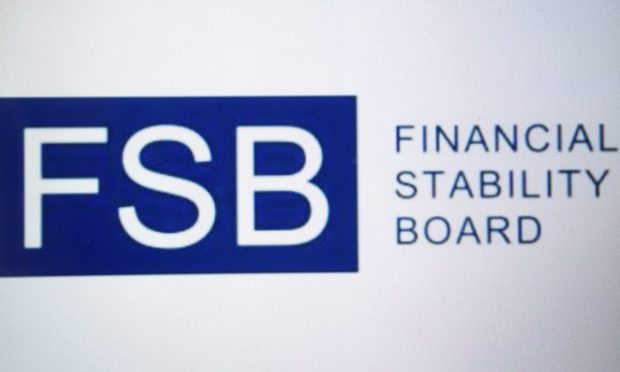FSB Tells National Regulators to Move Faster on Stablecoin Regulation

If there’s one message about the need to regulate stablecoins that emerges from a report issued today by the Financial Stability Board on the growing threat cryptocurrencies pose to the global financial system, it is this: Time to get a move on, people.
While running through a litany of the existing concerns about how stablecoins — cryptocurrencies that maintain a one-to-one peg to fiat currencies, generally the U.S. dollar — present a risk to the global financial order, the international financial regulatory body comes back over and over to the reality that stablecoin usage is exploding.
And, while they are still used largely in cryptocurrency trading, they are expanding into other areas such as domestic and international payments that have the potential to cause even bigger problems, the FSB warns.
Over the past two years, the FSB pointed out, the market capitalization of stablecoins grew to $157 billion at the end of 2021, up from $5.6 billion two years earlier.
See also: FSB Sounds the Alarm of Crypto Assets’ Growing Threats
“Reported outstanding stablecoin assets are equivalent to almost 20% of the total size of U.S. assets held in institutional and retail prime money market funds,” the FSB said, adding that the market cap of the largest stablecoin, Tether’s USDT, is now “approaching that of some of the largest prime money market funds.”
This is all happening while “concerns about regulatory compliance, quality and sufficiency of reserve assets, and standards of risk management and governance,” remain unaddressed, the FSB said.
Confidence requires regulation
The biggest of the three stablecoin threats the FSB focused on was the potential for a run on stablecoins — particularly one of the large ones — to spill over into the broader financial system.
Regulatory measures must be put in place to make clear the redemption rights of stablecoin holders, to enforce reserve standards that issuers must have available at all times, and to codify the type and liquidity of assets stablecoin issuers can use to back their peg.
The report called out Tether in particular, using its recent legal woes and comparing No. 2 stablecoin USDC’s all-cash and cash equivalent reserves to concerns about the liquidity of Tether’s backing assets, the majority of which is in unspecified commercial paper which could be difficult to sell quickly in times of market distress.
The FSB’s biggest concern is about the potential for a sudden loss of confidence in a stablecoin’s reserves to cause a run, which “could lead to fire sales of those assets, creating disruptions in the markets in which the reserve is invested, such as the short-term funding markets,” the FSB said.
While noting that stablecoins’ use in payment remains low, they would face the same problems “as current payment systems, including credit risk, liquidity risk, operational risk, risks arising from improper or ineffective governance, and settlement risk,” the FSB warned.
If poorly regulated stablecoins become less available or reliable, the report added, it could “impair the availability of critical financial services on which the real economy depends, threaten confidence, and operate as a channel through which financial shocks spread.”
Global stablecoins are a particular concern, it said, warning that if they become used on a wide scale, a “disorderly run due to a loss in confidence… could lead to disruptions in the real economy and spillovers into the broader financial system.”
This could all happen very quickly, highlighting the need for fast action, it added.
Around the world
While a recent hearing in the U.S. house of representatives and senate about the President’s Working Group on Financial Markets’s recent stablecoin report — which recommended that stablecoins be issued only by banks — shows that policy agreement is some way off, Europe is on smoother track. The EU’s upcoming Markets in Crypto-Assets (MiCA) framework provides clear standards for the nature and liquidity of stablecoin reserve assets.
See more: The MiCA Framework Seeks to Govern Stablecoin Issuance in EU
Read also: US Draft Bill On Stablecoins Offers Safe Harbor for Issuers
With its digital yuan on the verge of issuance, China has called for a global regulatory framework, saying it is “very worried” that the growth of stablecoins “may bring risks and challenges to the international monetary system, payments and settlement system.”
Meanwhile, the Reserve Bank of India has called for tighter global regulations, as well as noting fears that a dollar-pegged stablecoin could undermine its rupee. This is one of the main reasons the government has said that, while it will not ban cryptocurrencies outright, their use for payments will not be tolerated.
Things are less clear in Russia, where the government only recently ruled out a total ban on crypto but is fighting with its very anti-crypto central bank about the details.
